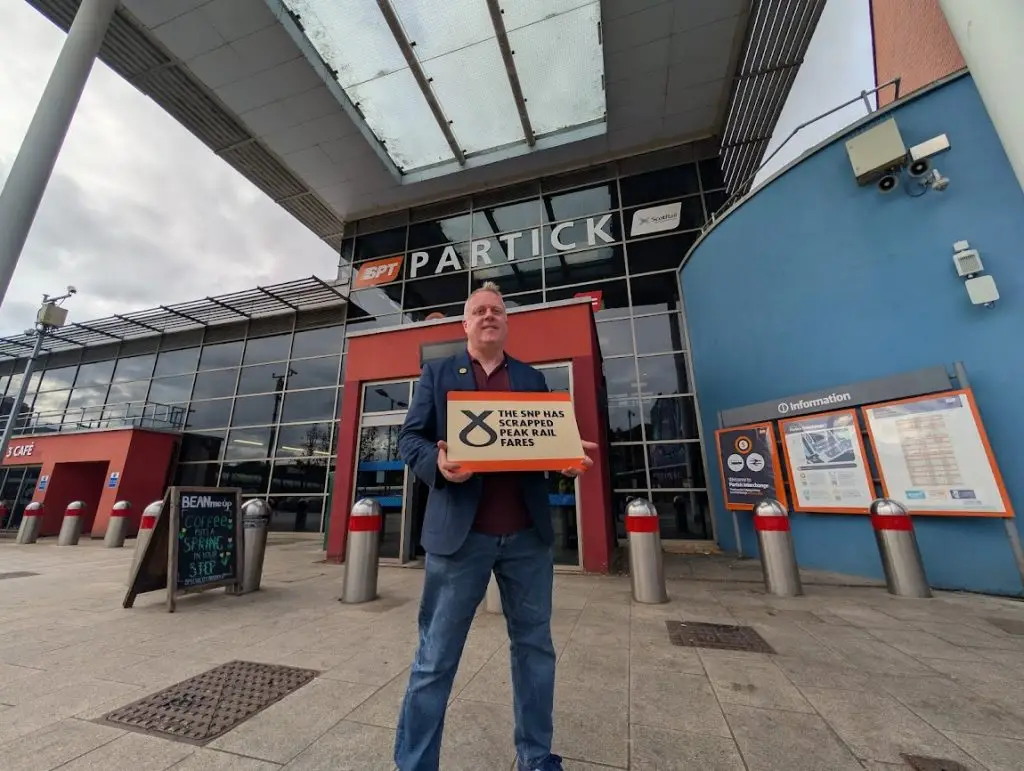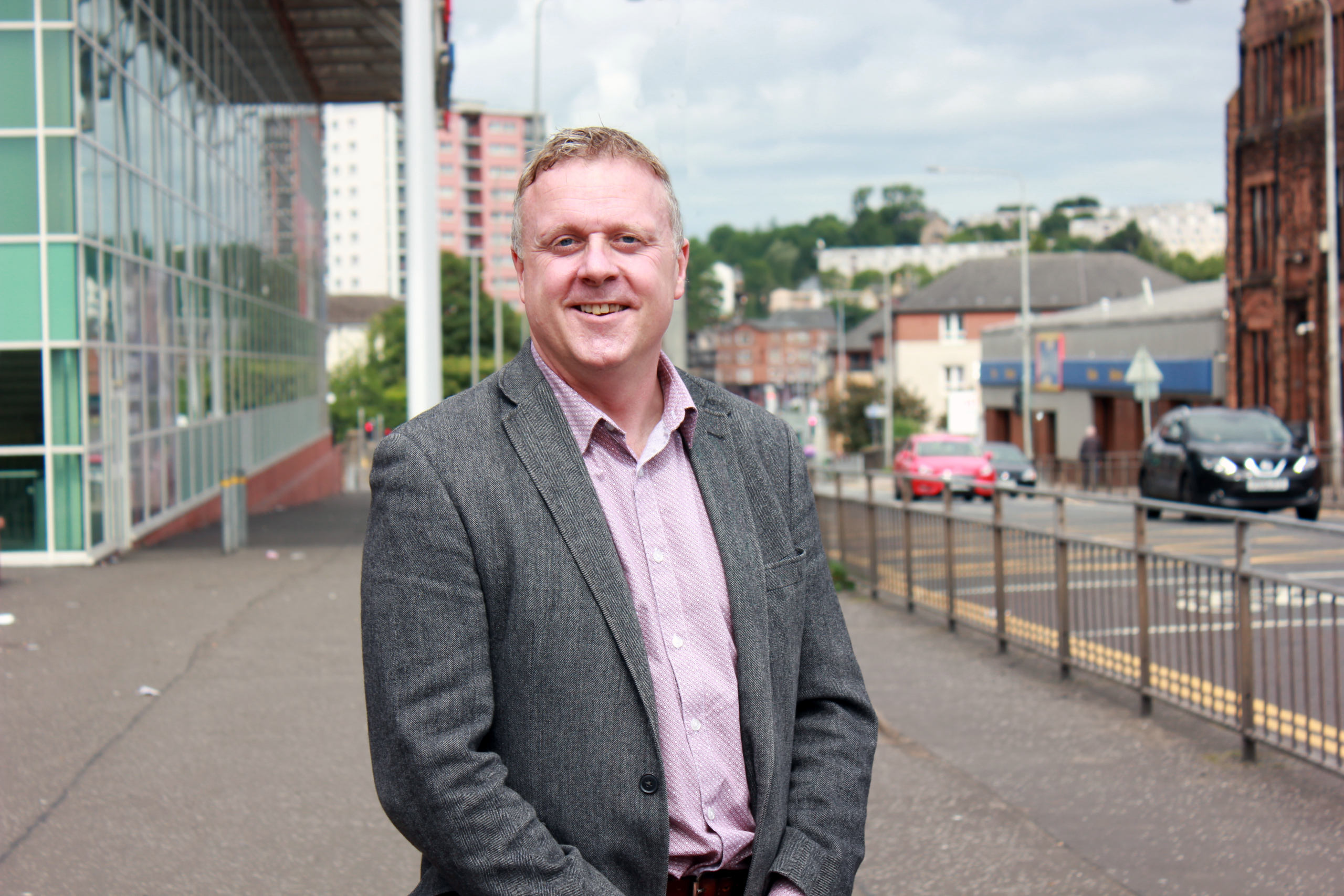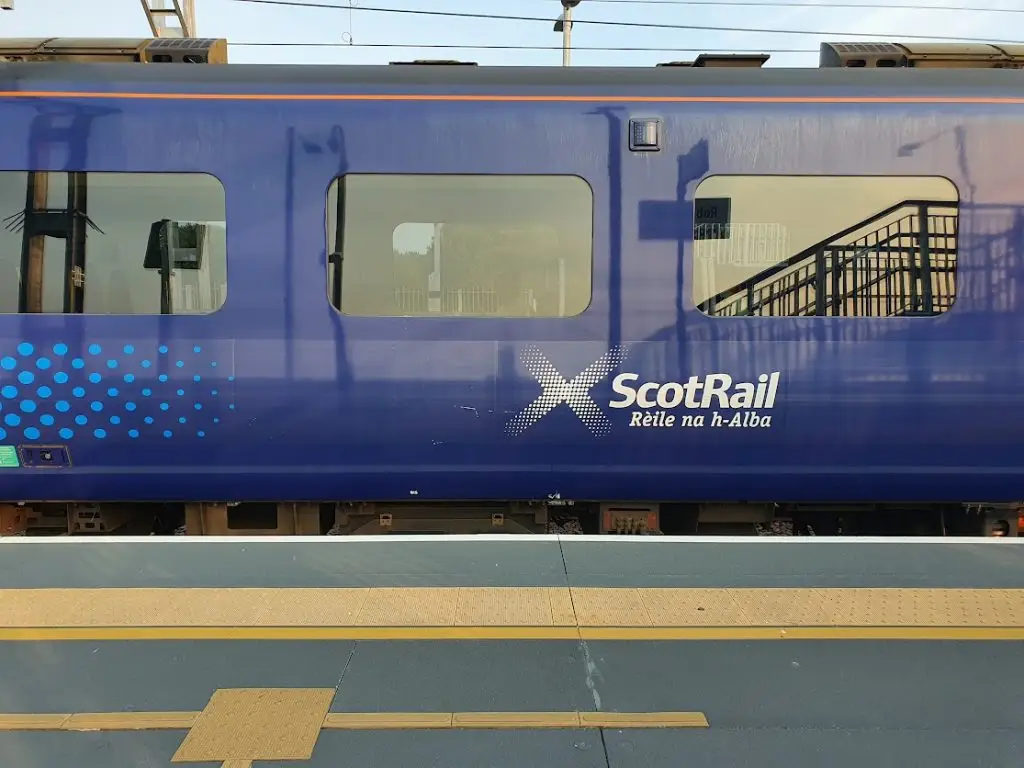I led a members debate in the Scottish Parliament on the scrapping of peak rail fares on ScotRail services:


Full text of my speech:
I thank all those who have supported my motion on the Scottish Government’s abolition of peak rail fares, which has allowed it to be debated today.
As a non-driver and regular rail and bus user in my constituency of Maryhill and Springburn, I am well aware that many of my constituents require an accessible, reliable and affordable rail service. The abolition of peak rail fares by our Scottish National Party Government sits at the heart of that ambition. It is not the only aspect, though—I will return to that later.
My local train station is Summerston, which sits on the Maryhill line. I used the train service to get to Edinburgh this week, changing at Queen Street station. Many of my constituents will have made a similar journey this week. Maryhill, Kelvindale, Gilshochill and other stations on the line all serve commuters heading into Glasgow city centre and onward destinations elsewhere. Before the abolition of peak rail fares, an anytime return journey from Maryhill to Edinburgh would have cost £35.50. Today, it costs £19.90, which is a 44 per cent reduction.
For those who travel to work in Glasgow city centre, an anytime return to Glasgow Queen Street cost £5.40 last week. It now costs £3.10, which represents a 43 per cent reduction. Of course, not all my constituents travel into Glasgow city centre. Some areas do not have access to a large supermarket and do not have alternative public transport that allows people to get to one. They will make savings at former peak times when they travel to, perhaps, Summerston or Anniesland to use or work in one of the large supermarkets there. All those savings will make a real-life difference to my constituents.
The cost of living crisis that has swept across the UK has not gone away.
The measures that our Scottish Government has taken have made, and continue to make, a real difference for many in the face of the cost of living crisis. I will not reel off all the other policy initiatives, but, needless to say, the abolition of peak rail fares by the Scottish Government is a key contribution to helping rail users during the cost of living crisis. I very much hope that it will assist my constituents who have felt priced out of using Scotland’s rail network at peak times.
The abolition of peak fares also has the potential to play a crucial role in Scotland’s contribution to tackling our climate emergency and achieving our net zero ambitions, which I have just referred to. I say that it has a “potential” role because, unless we significantly drive up the number of commuters who would otherwise take a car for their journeys but who take the train instead, the contribution that our rail network can make to our climate aspirations will not be maximised. Decarbonising our railway is vital, and the Scottish Government is currently investing heavily in it.
I am keen to hear from the minister how he will monitor the impact of the permanent abolition of peak rail fares. Such monitoring and analysis must be done over the longer term, with no rush to judge the impact over the short term. This is a long-term, strategic approach.
I welcome the strong cross-party support for the abolition of peak fares, as well as the strong support from trade unions such as the National Union of Rail, Maritime and Transport Workers and the Transport Salaried Staffs Association, and from business, including from the Scottish Retail Consortium.
At the start of my speech, I said that my constituents require an accessible, reliable and affordable rail service and that the abolition of peak fares sits at the heart of that. ScotRail timetables must also meet the needs of commuters. When I was first elected, securing a rail service on the Maryhill line seven days a week was a major campaign effort of mine. There used to be a Sunday service only on the four Sundays before Christmas. Following my campaign, an all-year-round service on Sundays was secured for the benefit of my constituents, and it has made a real difference.
However, I note that the frequency of services on the Maryhill line during the week, outwith the rush hours, is still to return to pre-Covid levels. The services are hourly during the day. If there is a single cancellation for whatever reason—it is not always ScotRail’s fault; often, it is due to Network Rail—it is often not practical, and it is certainly not desirable, for people to wait another hour for the next train. The frequency of the service used to be every 30 minutes. ScotRail tells me that, as passenger numbers continue to recover, it will continue to look at running a 30-minute service on the line once again. Can we have that as soon as possible, please? The abolition of peak rail fares can make an important contribution to the efforts to secure a greater frequency of services in my local communities.
Making rail fares more affordable across the board, be it through peak fare abolition or through other ScotRail initiatives such as kids for a quid or club 50, builds commuter confidence and loyalty in our publicly owned rail network. I hope that we will see more journeys being taken more often. That will build on the strong progress of ScotRail. In 2023-24, there were 81.2 million passenger journeys on ScotRail services, which represents an increase of 27 per cent on the previous year. However, the potential is clear, with numbers still being 16 per cent lower than in 2019-20. As passenger numbers continue to grow across the network, it must be a socially responsive railway, and it must invest in and enhance services for communities such as those that I represent, which use the Maryhill line. I am confident that it will do so.

